Understanding What an Oral Drug Test Checks For
Oral drug tests, also known as saliva drug screenings, have become increasingly popular in various settings, from workplace drug testing to clinical and legal applications across the United States. But what exactly does an oral drug test check for? This method analyzes saliva samples to detect the presence of certain drugs and their metabolites, offering a non-invasive, quick, and reliable way to screen for substance use.
Unlike urine or blood tests, oral drug tests can be administered easily and provide rapid results, making them a preferred choice for many organizations. However, understanding their scope and limitations is crucial for both employers and individuals undergoing testing.
1. Common Drugs Detected by Oral Drug Tests
Most oral drug tests are designed to detect a specific panel of commonly abused substances. These typically include:
- Marijuana (THC): Detects active tetrahydrocannabinol and its metabolites.
- Cocaine: Identifies cocaine and its primary metabolites.
- Opiates: Such as morphine, codeine, and heroin derivatives.
- Amphetamines: Includes methamphetamine and related stimulants.
- Phencyclidine (PCP): A hallucinogenic drug detected in some panels.
- Benzodiazepines and Barbiturates: Occasionally tested depending on the lab and test type.
Some advanced oral drug tests can detect additional substances such as synthetic cannabinoids, MDMA (ecstasy), and other emerging drugs of abuse.
2. How Oral Drug Tests Work
During an oral drug test, a swab or collection device is used to gather saliva from the inside of the cheek or under the tongue. The collected sample is then analyzed, either onsite with rapid test kits or sent to a laboratory for more detailed examination.
The test detects the parent drug or its metabolites that are excreted into saliva after consumption. Since saliva reflects recent drug use, oral drug tests are excellent for identifying drug intake within the past 24 to 48 hours, although this window varies by drug type and individual metabolism.
3. Detection Windows and Accuracy
One of the advantages of oral drug tests is their relatively short detection window compared to urine tests. For example:
- Marijuana: Typically detected for up to 24 hours after use, though chronic users may test positive longer.
- Cocaine: Usually detectable within 12 to 48 hours.
- Opiates and Amphetamines: Detectable for approximately 24 to 48 hours.
However, factors such as frequency of use, dose, oral hygiene, and individual metabolic rates influence detection times. Despite being fast and convenient, oral drug tests may sometimes yield false positives or negatives, which is why confirmatory testing by gas chromatography-mass spectrometry (GC-MS) or similar methods is often recommended for legal or employment decisions.
4. Real-Life Applications of Oral Drug Tests
Consider the case of a company that implemented oral drug testing to improve workplace safety. One employee was flagged for recent cannabis use via saliva screening, which led to a timely intervention and support program. This example highlights how oral drug tests can serve as effective tools not only for screening but also for encouraging responsible behavior.
In clinical settings, oral drug tests help monitor patient compliance with prescribed medications and detect unauthorized substance use, improving overall treatment outcomes.
5. Advantages and Limitations
Oral drug testing offers several key benefits:
- Non-invasive and easy sample collection without privacy concerns.
- Rapid results within minutes to hours.
- Difficult to adulterate or tamper with the sample.
However, they also have limitations such as shorter detection windows and lower sensitivity to some substances compared to urine or blood tests. Awareness of these factors ensures appropriate test selection based on the testing goals.
6. Ensuring Reliable Drug Testing Services
When considering oral drug tests, selecting reputable providers who use certified equipment and follow strict chain-of-custody procedures is critical. For trusted testing solutions and expert guidance, Dentistry Toothtruth offers comprehensive services tailored to meet diverse needs across the US.
Whether for employment screening, medical monitoring, or legal compliance, professional consultation helps guarantee accurate and defensible results.

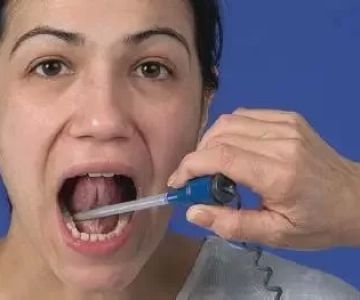

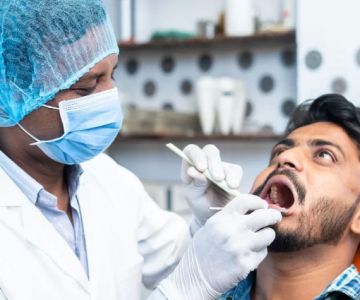
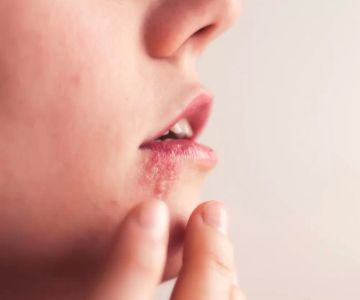
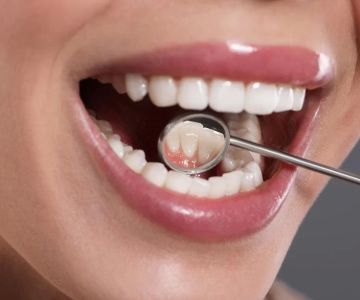
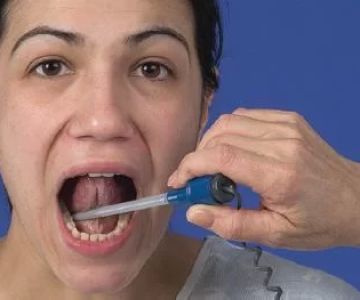
 Ridge Periodontics & Dental Implants3.0 (12 review)
Ridge Periodontics & Dental Implants3.0 (12 review) Andrew Hoffman, DMD5.0 (160 review)
Andrew Hoffman, DMD5.0 (160 review)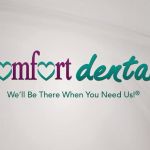 Comfort Dental North Powers4.0 (914 review)
Comfort Dental North Powers4.0 (914 review) Bill Johnson, Dmd4.0 (36 review)
Bill Johnson, Dmd4.0 (36 review) Koch Orthodontics - Loganville5.0 (863 review)
Koch Orthodontics - Loganville5.0 (863 review)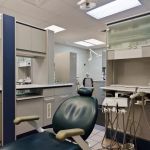 Dental Solutions Market Street4.0 (576 review)
Dental Solutions Market Street4.0 (576 review) The Importance of Oral Health Education During Pregnancy for a Healthy Pregnancy
The Importance of Oral Health Education During Pregnancy for a Healthy Pregnancy Best Tips for Brushing Your Teeth Properly for Healthy Gums: Essential Techniques for Oral Health
Best Tips for Brushing Your Teeth Properly for Healthy Gums: Essential Techniques for Oral Health Why Skipping Dental Checkups Can Lead to Bigger Oral Health Problems
Why Skipping Dental Checkups Can Lead to Bigger Oral Health Problems Advantages of Porcelain Dental Restorations
Advantages of Porcelain Dental Restorations How Can Diabetes Cause Tooth and Gum Problems? Preventing and Managing Oral Health Issues
How Can Diabetes Cause Tooth and Gum Problems? Preventing and Managing Oral Health Issues Healthy Habits for Promoting Good Oral Health and Hygiene: Tips for a Healthy Smile
Healthy Habits for Promoting Good Oral Health and Hygiene: Tips for a Healthy Smile